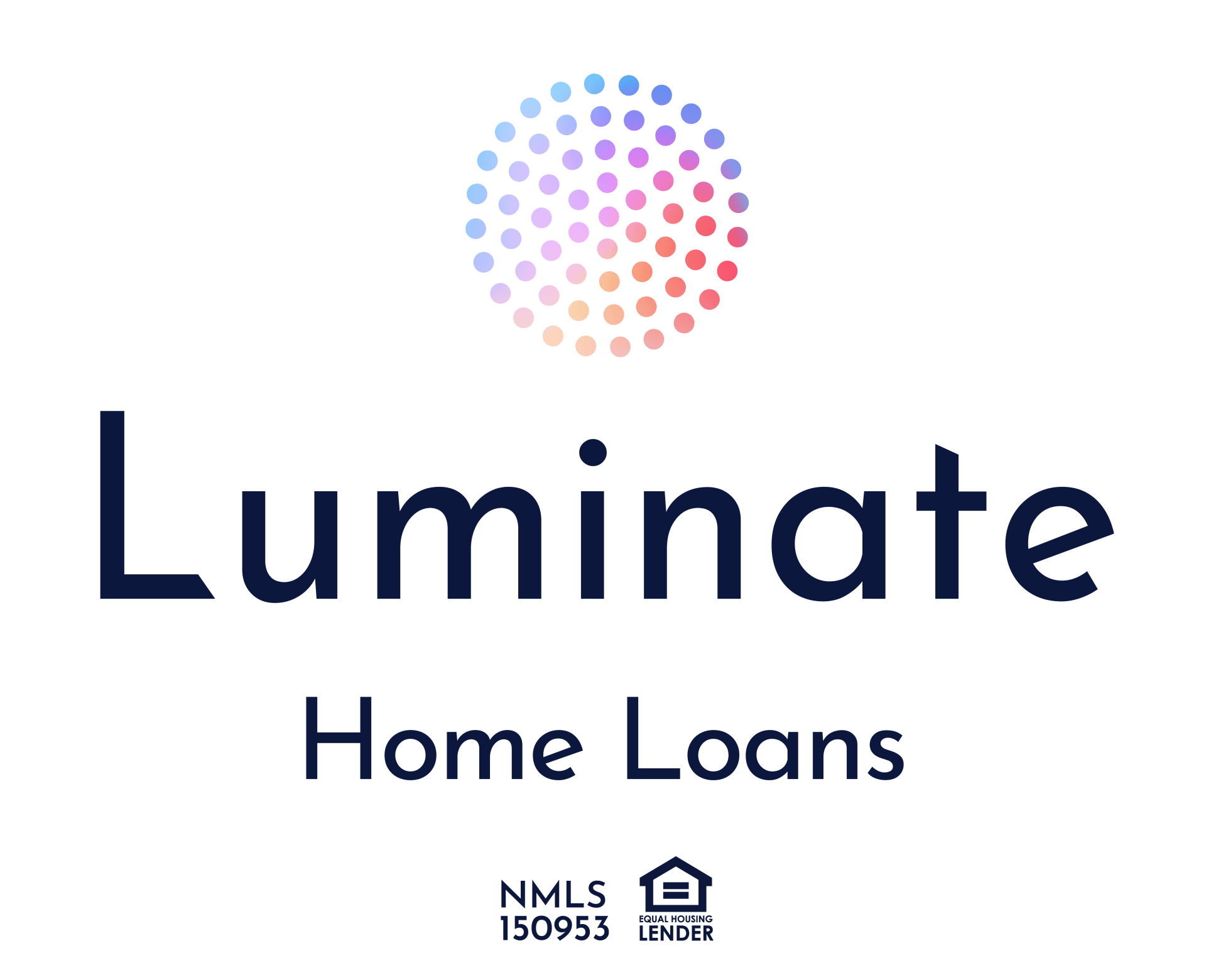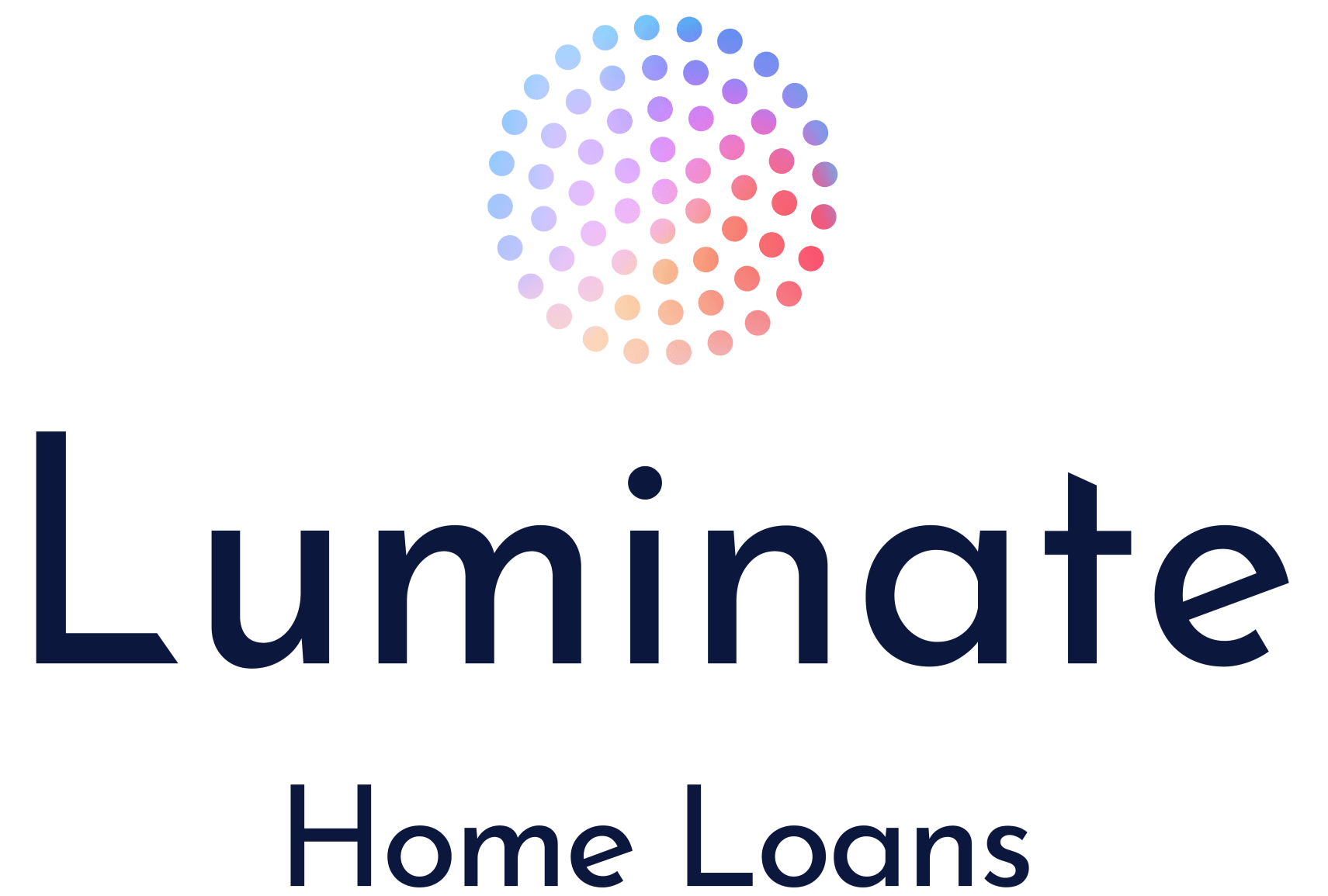Rates Are High and Demand Is Low... So Why Aren't Home Prices Falling?
By now, everyone knows that demand in the housing market has seen a bit of a slump as homebuyers hold back in hopes of improving affordability.
Home prices are still near all-time highs, and last week the average 30-year fixed mortgage rate hit a 23-year high. But despite this, there are still virtually no homes for sale - which is continuing to push up prices and affect affordability even more.
How is this possible? Most would assume that when homebuying costs skyrocket, demand would significantly drop, and more homes would flood the market. Yet here we are, looking at a housing market that has barely any for-sale inventory available.
Let’s dive into what got us here and what it might take to see more homes come to the market.
Why Are There No Homes for Sale Right Now?
The housing market is highly unusual right now, and it has been for a while. In fact, since the pandemic, the process of buying and selling a home really hasn't been 'normal' at all.
The housing market came to a halt in early 2020 as the world stopped, but then took off like a rocket. 30-year fixed mortgage rates spent the entire second half of 2020 under 3% and demand for homes absolutely exploded.
This new demand from those who were waiting for homes to become more affordable collided with an already record-high wave of first-time homebuyers entering the market (the average age of a first-time homebuyer in the United States is 33-years old).

At the same time, current homeowners and investors took advantage of low rates to purchase second homes and investment properties in the hopes of profiting off the growing rental market (Airbnbs and short-term rentals were very popular).
This quickly depleted supply, which was already trending down thanks to a lack of new home building after the 2008 housing crash. When foreclosures and short sales skyrocketed, builders really pulled back on new construction for many years. They've been trying to catch up for the last decade, but it just hasn't been enough to keep up with the growing housing needs of Americans.


Another unique issue affecting housing supply is a concept known as mortgage rate 'lock-in'. Today’s homeowners have such low mortgage rates that they either won’t sell or they simply can't sell and take on a more expensive housing payment at a higher rate.
And this isn’t just a small number of homeowners. Nearly two-thirds of all mortgages out there today have an interest rate below 4%, and nearly a quarter have a mortgage rate below 3%. Most of these homeowners will not budge and will continue to enjoy their low, fixed-rate mortgage for many years to come.
Housing Supply Is Still Near Historic Lows

Redfin reported that new listings climbed 1.4% month over month in September, the largest increase since February 2022 on a seasonally adjusted basis. That’s a glimmer of relief for homebuyers, who for months have been waiting for more homes to hit the market.
Still, new listings dropped 8.9% on a year-over-year basis in September and remained far below pre-pandemic levels.
There were 435,00 new homes for sale at the end of September. At the current pace of sales, there is a 6.9 month's supply. This means that if no more homes came on the market, it would take 6.9 months for every home to be sold.
However, according to census.gov, only 74,000 of those homes are actually completed. 262,000 are under construction, and 105,000 have not even started being built. When look at the pace of sales vs. homes that are completed - that ACTUAL available supply - there is only 1.2 months' supply.
One-Third of Homes for Sale are New Construction

While existing homes, also known as previously owned or used homes, are hard to come by because of mortgage rate lock-ins, newly-built homes are taking over the market. In fact, newly built single-family homes for sale were up 4.5% year-over-year in June, while existing homes for sale were down 18%.
Roughly one-third of homes for sale were new builds, up considerably from prior years and well above the norm that might be closer to 10%. The National Association of Realtors (NAR) predicts that new home sales will increase 12.3% this year, and 13.9% in 2024.
Why are home builders seeing a big increase in market share? It’s mostly due to a lack of competition from existing home sellers. Builders don’t need to worry about finding a replacement property if they sell and seeing their mortgage payment increase like existing homeowners do.
Builders are also able to offer huge incentives such as rate buydowns, including temporary and permanent ones, along with lender credits to help cover closing costs. This allows them to sell at higher prices but makes the monthly payment more manageable for the buyer.
Will More Homes EVER Hit the Market?

This new reality of low housing supply is probably going to persist for the foreseeable future. After all, those with so-called golden handcuffs have 30-year fixed-rate mortgages. They can continue to take advantage of their cheap mortgages for the next few decades. This includes the second homeowners and investors who got in when costs were much lower.
Meanwhile, home builders don’t seem to be taking advantage of the low supply by building a lot. Even if they did, it probably wouldn’t make much difference (existing home sales typically account for around 85-90% of sales).
Many believe that economic turmoil and a recession will bring a lot more homes to the market, but that's very unlikely for a couple reasons:
- Homeowners today have massive amounts of home equity. If they lose their jobs, it's very likely they will be able to fall back on their home equity.
- Recessions always bring lower mortgage rates, and even if the economy takes a dive, there are still going to be people who remain employed and want to buy a home. Lower rates will bring those people into the market.
Should You Buy Now or Wait?
The answer to this question first and foremost depends on your financial situation. If you are not financially prepared to take on a mortgage payment today, you should wait to jump into homeownership until you can comfortably afford it.
However, if you have met with a mortgage advisor, ran the numbers, and have the room in your budget, you should buy a home now.
Housing prices will keep going up like they always have over the long term. The home you want is going to be more expensive a year from now. Buying today means you will be able to lock in your home’s price before housing costs increase even more. If interest rates do go down as predicted, you can refinance to a permanently lower rate.
And remember, because interest rates are high right now, fewer people are buying. This means you won’t have as much competition when you make offers, and it’s likely you will have some negotiating power to secure a lower price or seller credits to reduce your costs even more.
We understand that everyone’s situation is different. Before making any decisions on your homebuying plans, it’s crucial that you look at the numbers for your specific purchase scenario and financial situation.
If you would like to know more about your options for purchasing a home today, fill out the form below to schedule a consultation with one of our mortgage advisors. They will answer all your questions and create a detailed loan comparison so you can create a solution that is best suited to fit your needs.



NMLS Consumer Access #150953
All Rights Reserved | Luminate Home Loans, Inc
Luminate Home Loans, Inc. a wholly owned subsidiary of Luminate Bank
NOTICE TO TEXAS CONSMERS: CONSUMERS WISHING TO FILE A COMPLAINT AGAINST A MORTGAGE BANKER OR A LICENSED MORTGAGE BANKER RESIDENTIAL MORTGAGE LOAN ORIGINATOR SHOULD COMPLETE AND SEND A COMPLAINT FORM TO THE TEXAS DEPARTMENT OF SAVINGS AND MORTGAGE LENDING, 2601 NORTH LAMAR, SUITE 201, AUSTIN, TEXAS 78705. COMPLAINT FORMS AND INSTRUCTIONS MAY BE OBTAINED FROM THE DEPARTMENT’S WEBSITE AT WWW.SML.TEXAS.GOV. A TOLL-FREE CONSUMER HOTLINE IS AVAILABLE AT 1-877-276-5550. THE DEPARTMENT MAINTAINS A RECOVERY FUND TO MAKE PAYMENTS OF CERTAIN ACTUAL OUT OF POCKET DAMAGES SUSTAINED BY BORROWERS CAUSED BY ACTS OF LICENSED MORTGAGE BANKER RESIDENTIAL MORTGAGE LOAN ORIGINATORS. A WRITTEN APPLICATION FOR REIMBURSEMENT FROM THE RECOVERY FUND MUST BE FILED WITH AND INVESTIGATED BY THE DEPARTMENT PRIOR TO THE PAYMENT OF A CLAIM. FOR MORE INFORMATION ABOUT THE RECOVERY FUND, PLEASE CONSULT THE DEPARTMENT’S WEBSITE AT WWW.SML.TEXAS.GOV.”



